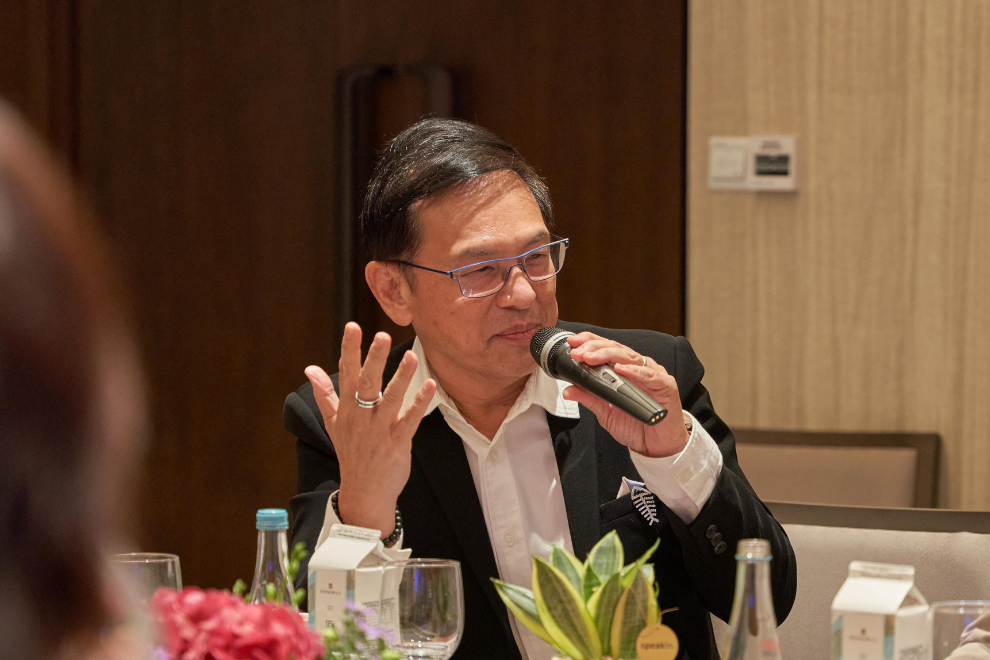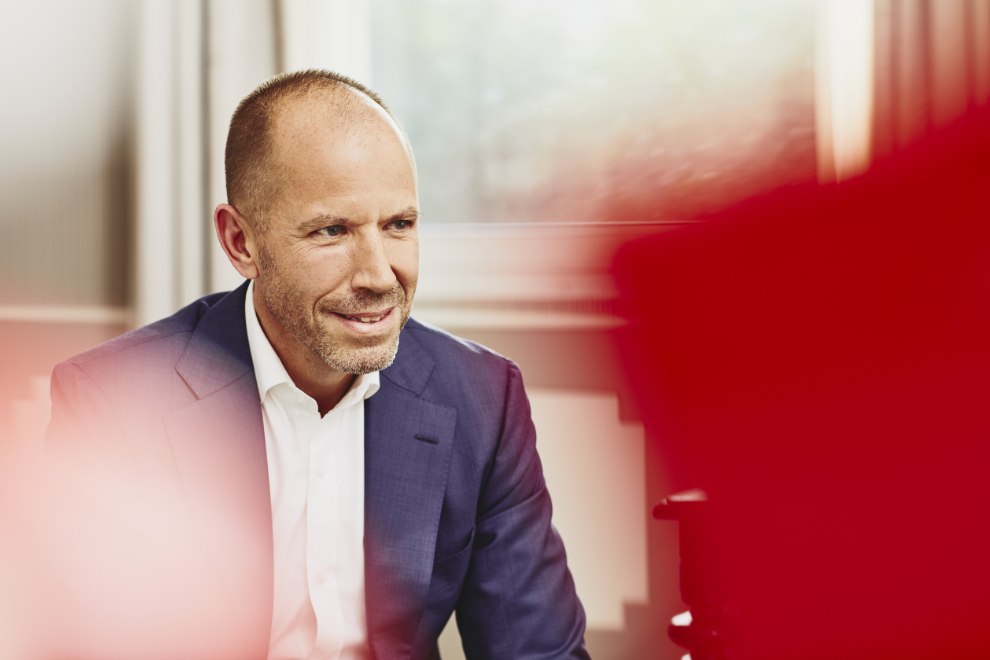Asia Dialogues
The Triangulation Of Success: Secrets To Multi-Organization Successes

Dr. Timothy Low
Former CEO, Ferrar Park Hospital, Singapore
Farrer Park Hospital is a landmark in Singapore. Indeed, it may be a global trailblazer setting the benchmark for the hospital of the future. It puts diverse disciplines like healthcare, hospitality, preventive medicine, medical training and education under one roof in the Lion City. Not surprisingly, Farrer Park Hospital routinely garners awards and plaudits.
Set in Connexion, a 20-storey building, it houses a hospital, a five-star hotel, a specialist medical centre, a spa, and Owen Link, which is a passageway running through the building with restaurants and shops along the sides.
The man who presides over Farrer Park Hospital's complex operations is Timothy Low, its chief executive officer and board director. "It's part of a lifestyle concept that combines healthcare and hospitality, he says. "Farrer Park encapsulates almost the whole gamut of life-providing healthcare and wellness and offering our customers the chance of healing and getting back to their lives."
With over 30 years of tenure in both public and private sectors, Low is widely recognised for his medical experience, contributing strategically and maximising the means at his disposal-human and material-to deliver exceptional results to customers and healthcare professionals. He provides the vision, leadership and direction needed to achieve financial, strategic, medical and clinical excellence in the bio-pharmaceutical and medical device industries, as well as healthcare organisations.
Low is the author of "The Triangulation of Success: Secrets to Multi-Organization Successes", a book that contains practical pointers on how to generate the 'wow experience' within the triangle of engagement of employer, employee and customer. The book distills Low's decades of leadership experience into key lessons that create and perpetuate success in organisations. "The publication is about how the service of the leader impacts the organisation. It must flow from the top-level management to the staff member on the ground that weakness of attitude becomes weakness of character," he says.
Staying ahead of the curve is somewhat of a corporate cliché, but Farrer Park's success proves how it can be achieved. It demonstrates how a fulfiling holiday with medical treatments can be worked in, allowing convenient transitions between hotel room and conference room, networking opportunities and professional engagements. Connexion's design blueprint was developed to deliberately incorporate lush greenery to offer pockets of outdoor respite.
Says Low: "The biophillic design principles guide the company in responsible operations, and the healing gardens and spaces spell greater benefits to hospital, doctors and patients. We made conscious efforts right from the beginning, starting with the building envelope design. One of the methods used was see-through triangular window shades which shield the medical clinics from light and heat, and introduce abundant daylight, natural ventilation, landscape gardens and lush greenery."
At a Speakin Asia Dialogues event recently, Low talked about how Farrer Park's pragmatic design almost foresaw the catastrophic scenario brought upon the world by Covid-19. "At a time when the borders were closed and we went into a lockdown, Farrer Park uncannily combined a hotel and a hospital in a way that the hotel could be switched into a place that could hold people. That's why this integration of a smart hotel and a smart hospital is an outstanding concept and its primacy is bound to grow in times to come."
Farrer Park incorporated the idea of a sustainable architectural design at the planning stages itself. Today, ten years into the life of Connexion, it stands as a future-proof structure. Says Low: "It was important to cool the building down—we know that carbon footprint is an issue. So, the need to cool the building down is crucial. That is done using these colourful sunshades designed in a way to reflect the heat out of the building, and also to capture the heat and humidity that is generated and change it into cool airstream." Ventilation is built into the design. There are 15 gardens in the building, an ingenious way of bringing nature close to humans and providing a healing touch.
Says Low: "Employees want to work in an organisation where they know that ESG principles are firmly in place. In the hospitality business, the way things are shaping up, guests will ask you if the hotel is green. If it isn't, they won't book. We are focusing on educating our employees in ESG principles."
Since Farrer Park Hospital went operational in 2014, it has attained optimal energy savings of 30 per cent annually. As Low puts it, while healthcare institutions' priority is firmly rooted in good clinical outcomes and quality patient care, sustainability is often an overlooked area. Not at Farrer Park Hospital. And not with Timothy Low.

Former CEO, Ferrar Park Hospital, Singapore






